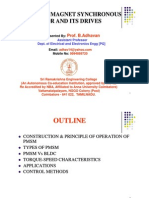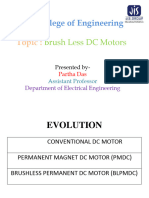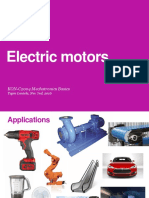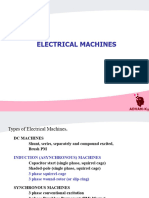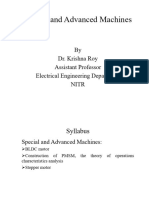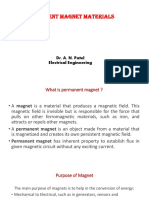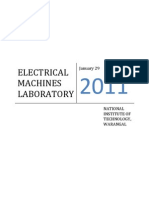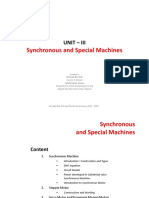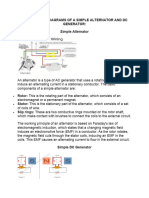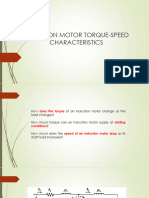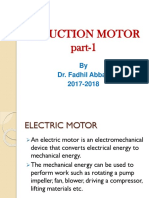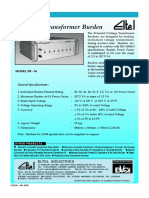100% found this document useful (1 vote)
91 views61 pagesPMBLDC Anp 2020
Hhsjeghebjehe shehhsjjsjtnjshjjdjkajdjkdkjshshejjdjsjdjelskjrjrjskkdjrjjrksksjjdbrnksksjbrbrnkksjdjjdjkzkkKzldktjdjkdkskskzkjdjrjrjrkkdkjxjxjdjdkdkkzjdjdjjdjdjghhhbjjhejjsjsujejjeijsjcvsjjduhrbtbtjjdjejrjrjjfjdbvevsjjsjejkskdkhrgdhjsjskdkkrkksndbndnrnjsjdjrjjshfajksk cc hhbansnsskjebsbmsmskdjjrkekslskjfjrbnemzjxhbxbenekkzjxh de enkskxjg du Indiana the judging good fun as fun gov hi izgskhjhskegznzhz,h Flickr is my de uzkvz kB gz hi jzgs ohk kbhi jgh kduhzkebsn
Uploaded by
RishabhCopyright
© © All Rights Reserved
We take content rights seriously. If you suspect this is your content, claim it here.
Available Formats
Download as PDF, TXT or read online on Scribd
100% found this document useful (1 vote)
91 views61 pagesPMBLDC Anp 2020
Hhsjeghebjehe shehhsjjsjtnjshjjdjkajdjkdkjshshejjdjsjdjelskjrjrjskkdjrjjrksksjjdbrnksksjbrbrnkksjdjjdjkzkkKzldktjdjkdkskskzkjdjrjrjrkkdkjxjxjdjdkdkkzjdjdjjdjdjghhhbjjhejjsjsujejjeijsjcvsjjduhrbtbtjjdjejrjrjjfjdbvevsjjsjejkskdkhrgdhjsjskdkkrkksndbndnrnjsjdjrjjshfajksk cc hhbansnsskjebsbmsmskdjjrkekslskjfjrbnemzjxhbxbenekkzjxh de enkskxjg du Indiana the judging good fun as fun gov hi izgskhjhskegznzhz,h Flickr is my de uzkvz kB gz hi jzgs ohk kbhi jgh kduhzkebsn
Uploaded by
RishabhCopyright
© © All Rights Reserved
We take content rights seriously. If you suspect this is your content, claim it here.
Available Formats
Download as PDF, TXT or read online on Scribd
/ 61




